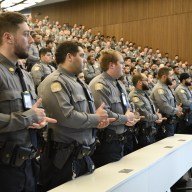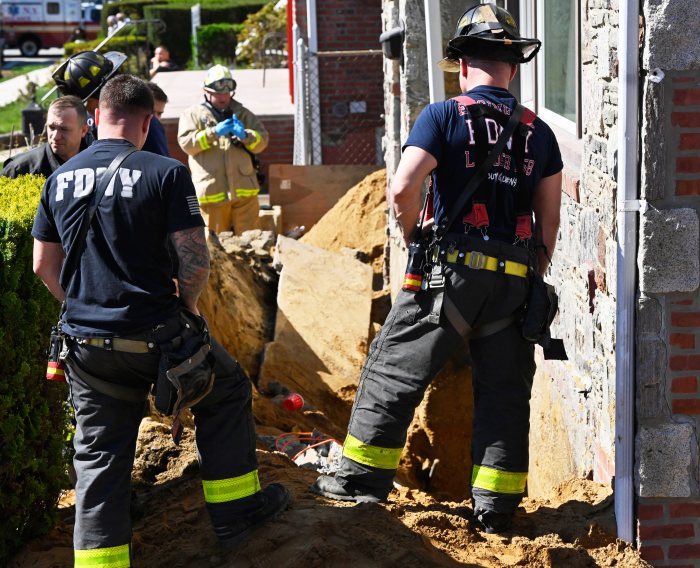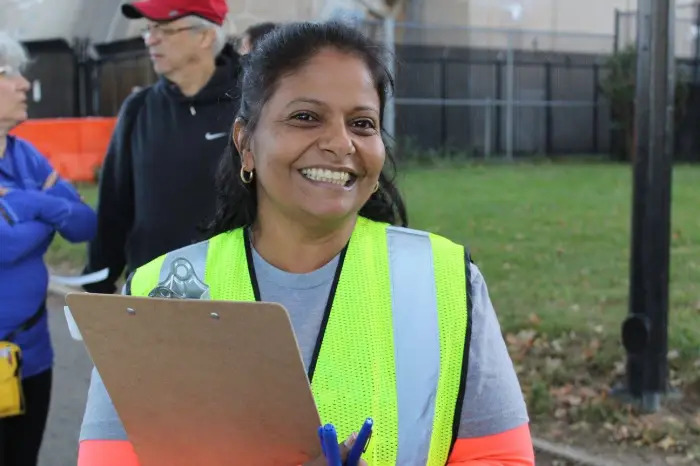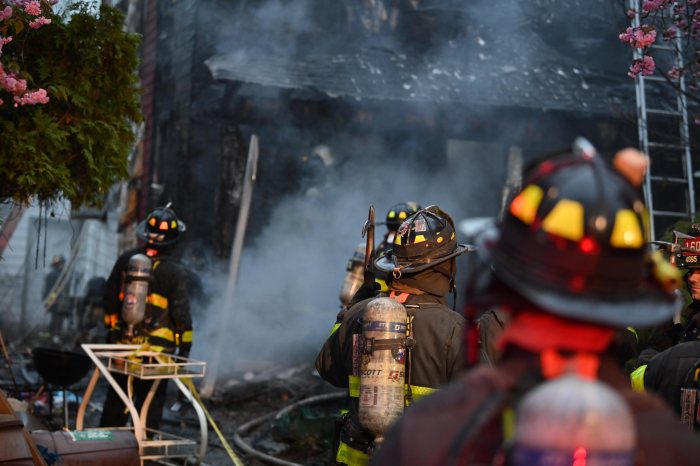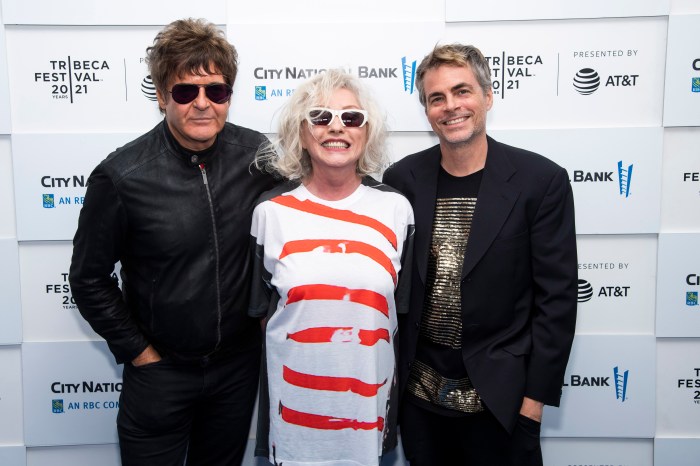By Chris Fuchs
In the purest sense of the law, much of downtown Flushing is engaged in criminal activity.
Section 131, Article 9-B of New York State General Business Law says it is illegal for a business not to have its name “publicly revealed and prominently and legibly displayed in the English language.”
Over the last decade, as more and more Asian immigrants have moved to Flushing and have set up small businesses, the issue of whether storefront signs should be displayed in both English and a second language has become one of the most divisive topics to rankle a community with an increasingly Asian-American presence.
The state law, passed in the early 20th century, makes displaying commercial signage exclusively in a language other than English a misdemeanor. But it is a law that is clearly not enforced. Part of the reason may be that there is confusion within city government as to which agency is responsible for making the law stick.
The issue is a thorny one, indeed, pitting many longtime white residents against Chinese- and Korean-American business owners, many of whom have recently immigrated to Flushing. Elected officials and community leaders say that if business owners want to open up downtown Flushing to everyone, then signs that display English characters are an absolute, a point with which many Asian-American business leaders agree.
Still, scores of small shops with non-English signage abound.
“They cannot isolate themselves,” Councilwoman Julia Harrison (D-Flushing) said in a recent interview. “They must have the capacity to communicate in the common language. English is the common language.”
The case law on the subject is pretty concrete. During the early 20th century, the state Legislature enacted a law requiring businesses to display signs in English or face punishment — a misdemeanor. But behind the case law, proponents of bilingual signage say, is an appeal to plain common sense, provided that the goal is to commercially develop Flushng and attract consumers who are not just Asian-American.
“I walk into a store and say, ‘Why are you not displaying the signs clearly?’” said Wellington Chen, a consultant for TDC, a Flushing development group run by Asian Americans. “It’s actually very poor marketing and communication to your customers.”
Downtown Flushing, which had been a largely white retail area for about 200 years, began deteriorating in the late 1960s until Asian immigrants started opening businesses in the 1980s, setting the stage for an economic revival in the urban center. But today, a walk down Union Street showcases a community with a decidedly Asian look — a jumble of signs in a variety of colors, many with limited English or none at all.
“There are people who are horrified and hate it,” Chen said of the signs. “And then other people say, ‘Wellington, what are you objecting to?’ They say it is dynamic and shows energy.”
Dai Park, executive director of the Korean American Association of Flushing, a 21-year-old organization that represents Korean businesses in Flushing, said his organization always exhorts Korean-American shop owners to display bilingual signs. But in some cases, he said, he understands why business are not eager to do so.
“They know more than anyone else whether their business is targeting Korean people or American people,” Park said. A video store that rents only Korean videos, for instance, has little need to display its sign in English since most, if not all, of its customers are Korean Americans, Park said. But a Korean restaurant that attracts non-Asians, he added, would be best served with bilingual signage.
“Whether their main sign is in Korean or English, I believe they should have signs in both languages,” Park said.
At almost every monthly community board meeting, the issue surfaces anew whenever an Asian American seeks approval to open a business. One of the stipulations always included is mandatory English signage.
“This is a very old issue,” said Fred Fu, president of the Flushing Chinese Business Association. “This is America so signs no doubt should be in English.” Fu said his organization put together an informal survey last year and found that 95 percent of businesses owned by Chinese Americans had signs in both English and in Chinese characters.
So if a law exists requiring that commercial signage be in English, why then is it not enforced? And who is supposed to enforce it?
Harrison insists that responsibility lies with the city Department of Buildings. Although the Buildings Department does regulate signage, a department spokeswoman said, it is charged only with ensuring that the signs adhere to existing zoning laws — not with whether they are displayed in English.
“To my understanding, there is no language requirement under the city laws for language requirements for the signs,” Ilyse Fink, a department spokeswoman, said.
She suggested that the state should be contacted. But several calls made to the state attorney general’s office were not returned by press time.
A spokeswoman for the city Department of Consumer Affairs said she was not sure whether her agency had fielded complaints about non-English signs. She then referred comment to the city Department of Transportation, the agency she believed to be responsible for such enforcement.
But a spokesman for the Department of Transportation said the purview of his agency extended no further than making sure that signs on traffic signs are in English and that they comply with other regulations.
Marilyn Bitterman, district manager of Community Board 7, which covers downtown Flushing, also has been perplexed by where to turn for answers on the question of signage. Bitterman said she had sent a letter to both the city and the state inquiring about which agency has enforcement powers, but had received no response.
Reach Chris Fuchs by e-mail at Timesledgr@aol.com or call 229-0300, Ext. 156.
























